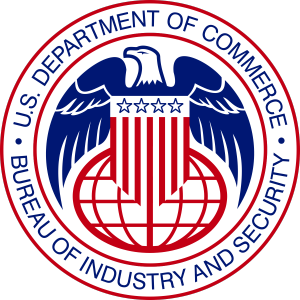Search
Published on:
EU Sanctions a Further 41 Vessels Thought to Be Part of Russia’s “Shadow Fleet” and Targets Hybrid Threat Actors
On 18 December 18, 2025, the European Union (EU) added 41 vessels to its sanctions list, targeting Russia’s so-called “shadow fleet,” an opaque network of tankers used to circumvent restrictions on Russian oil exports. The measure forms part of the EU’s broader effort to degrade the Kremlin’s war financing and address persistent enforcement challenges at sea.




